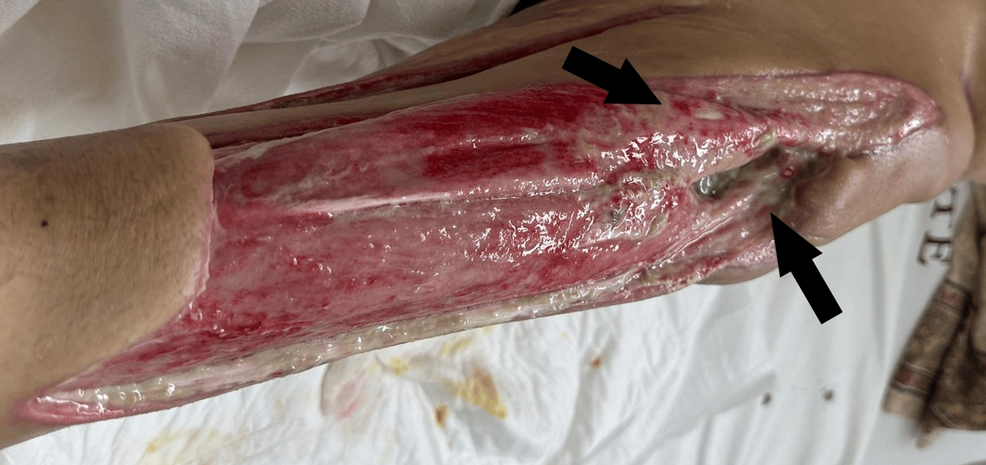Category: 6. Health
-
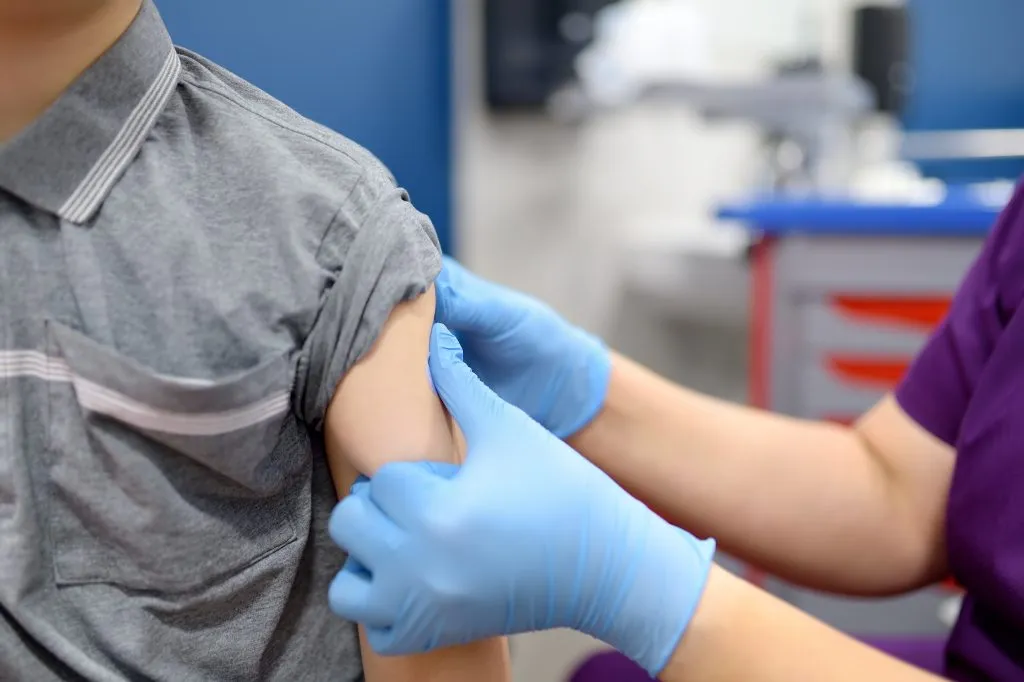
Better child vaccine uptake needed as preparation for future pandemics
Digital Edition: Better child vaccine uptake needed as preparation for future pandemicsContinue Reading
-
Just a moment…
Just a moment… This request seems a bit unusual, so we need to confirm that you’re human. Please press and hold the button until it turns completely green. Thank you for your cooperation!
Continue Reading
-

Cat Allergen Immunotherapy Shows Real-World Effectiveness
A real-world study demonstrated the effectiveness of subcutaneous immunotherapy with depigmented, polymerized cat epithelium extract (Dpg-pol-cat) in adults with moderate to severe allergic rhinitis or rhinoconjunctivitis caused by
cat allergy .1Continue Reading
-
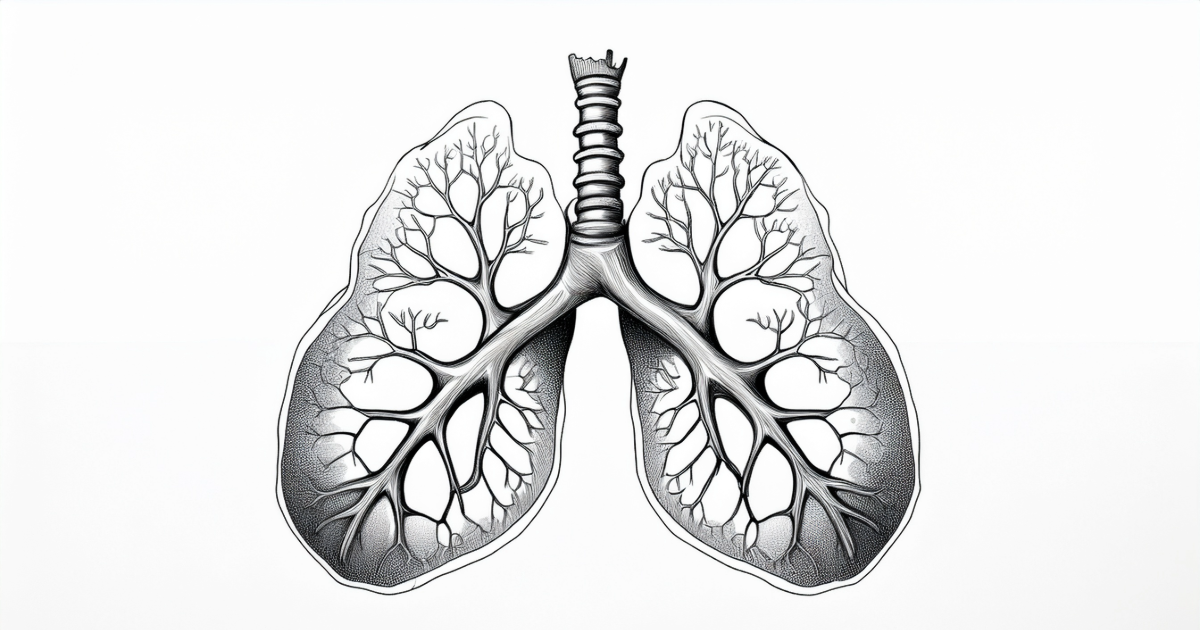
Study Shows Mediastinal LND Not Recommended in GGO-Dominant Lung Cancer | Targeted Oncology
A clinical study examining determined that systemical mediastinal lymph node dissection (LND) should no longer be recommended in stage T1 ground-glass (GGO)-dominant invasive lung adenocarcinoma..1
The phase 3 study, ECTOP-1009 (NCT04527419),2…
Continue Reading
-

In Kaduna, Nigeria, all hands are on deck to fight an mpox outbreak
Amos Kintaro, 60, knows to appreciate what it means to be able to move around freely.
For many weeks following an encounter in March 2025, the retired government worker mostly confined himself to his two-bedroom apartment in Romi, on…
Continue Reading
-
Blanket BP Target Disserves Older Adults – Medscape
- Blanket BP Target Disserves Older Adults Medscape
- The root causes of high blood pressure WFLA
- New Era of Hypertension Care: Protecting Hearts, Preserving Minds: Dr Sushil statetimes.in
- New in Clinical Guidance | High Blood Pressure Focus of New…
Continue Reading
-
Diet Soda and Liver Risk; Pig-to-Human Liver Transplant; Golimumab Approval Expanded – MedPage Today
- Diet Soda and Liver Risk; Pig-to-Human Liver Transplant; Golimumab Approval Expanded MedPage Today
- Diet and sugary drinks raise risk of common liver disease by up to 60%, study finds CNN
- Sugar-sweetened beverages: The health impact of soda,…
Continue Reading
-
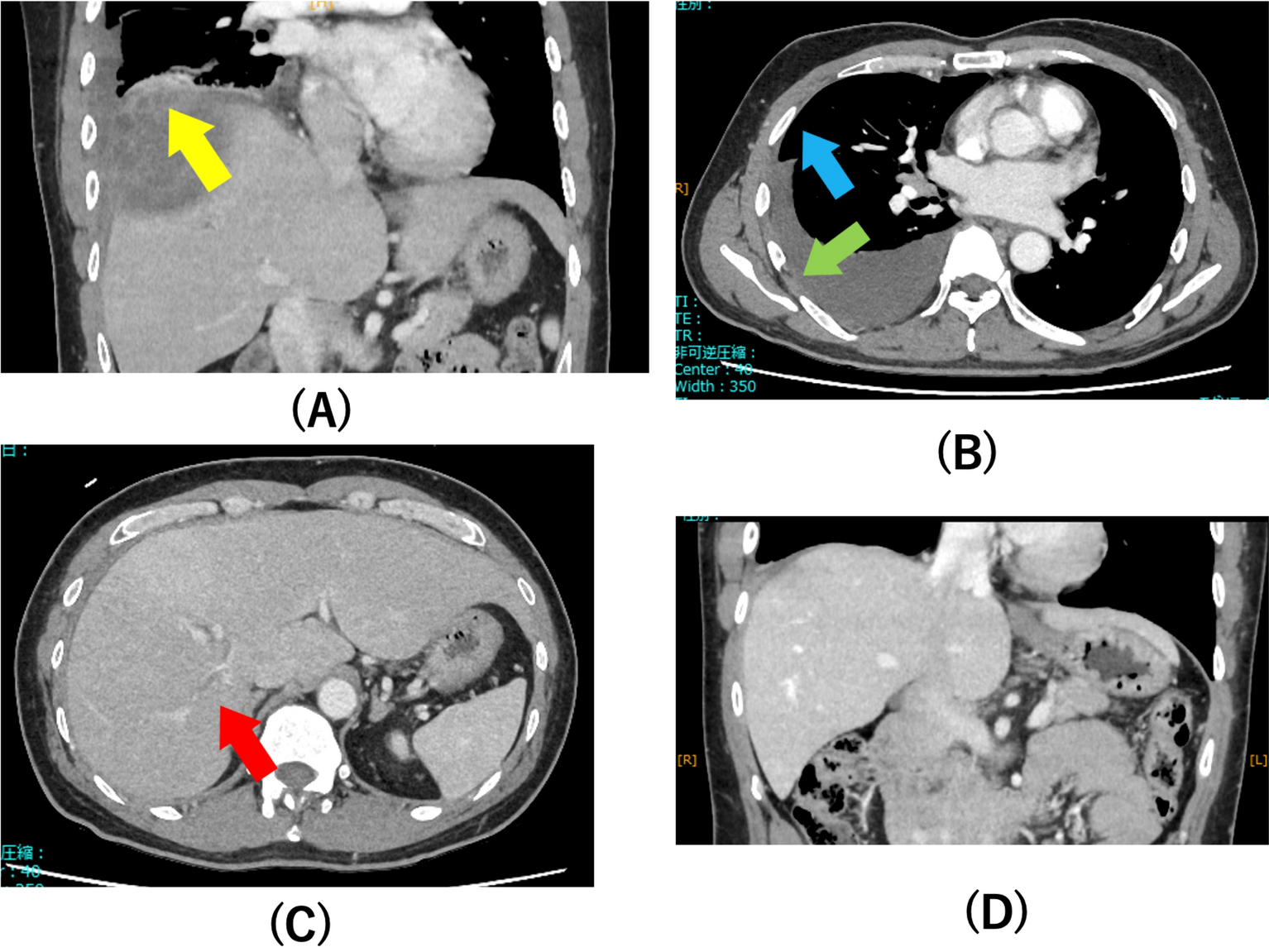
Intrathoracic rupture of amebic liver abscess: a case report and literature review | Tropical Medicine and Health
A 40-year-old bisexual Japanese man presented to our emergency department with pain in the right shoulder and right upper quadrant of the abdomen. Two weeks before presentation, he experienced severe right shoulder pain and consulted a local…
Continue Reading
-
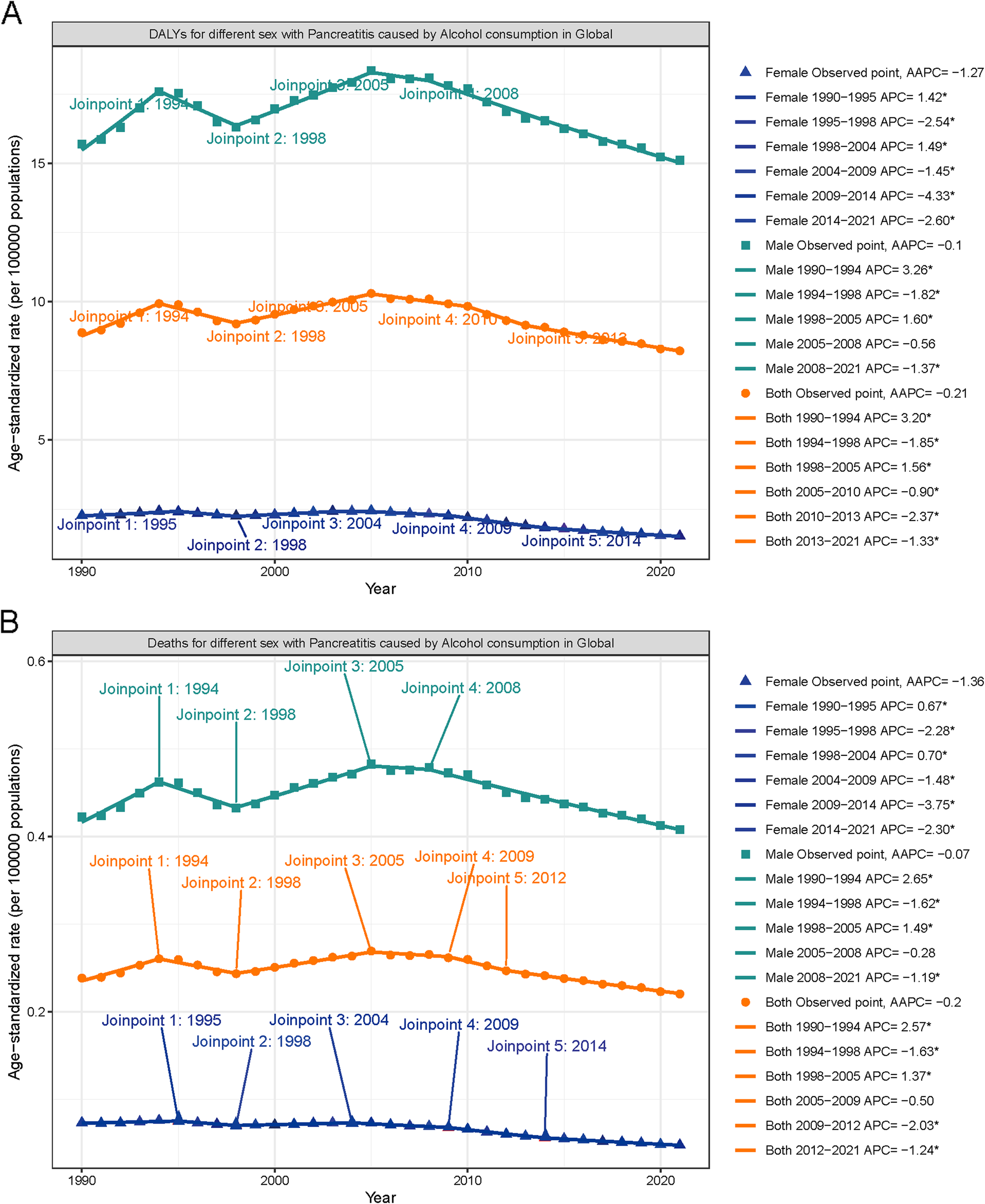
Global burden of acute pancreatitis attributable to high alcohol intake from 1990 to 2021: findings and prevention potential based on GBD 2021 | BMC Gastroenterology
Pancreatitis is an acute inflammatory disease caused by premature activation of pancreatic enzymes, leading to pancreatic injury and multiple organ dysfunction. Over the past three decades, its global prevalence has continued to rise [19, 21,
Continue Reading
